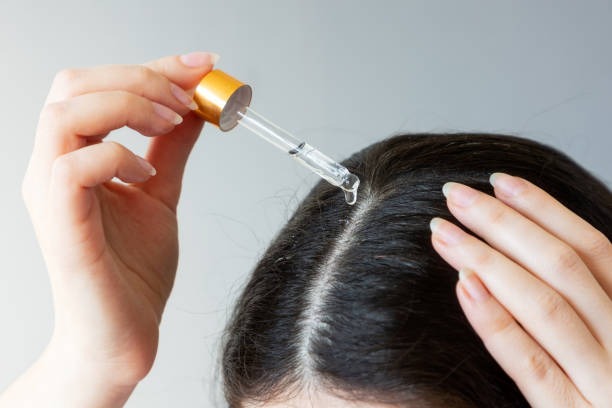
HAIR HYDRATION TEST
Hair hydration testing refers to procedures designed to measure the moisture content and the ability of hair to retain moisture. These tests are used to assess the overall health of the hair, levels of dryness or damage, and the effectiveness of hair care products. Moisturized hair is more flexible, shiny, and manageable, while dry hair is brittle, dull, and prone to static.
Here are common methods used to measure hair hydration:
1. Hair Porosity Test
Technical Details: Evaluates the hair's ability to absorb and retain moisture, also known as porosity. Hair with low porosity struggles to absorb and retain moisture, while hair with high porosity absorbs moisture easily but loses it quickly.
Methods:
Water Test (Float Test): A clean hair strand is placed in a glass of water. The rate at which the hair sinks is observed. Hair that sinks quickly has high porosity, hair that floats has low porosity, and hair that sinks slowly has normal porosity. This test is simple and quick but may not be very reliable.
Spray Test: Water is sprayed onto the hair, and the speed at which it is absorbed is observed. Hair that absorbs water quickly has high porosity, while water that beads up and remains on the surface indicates low porosity.
Touch Test: A hair strand is slid between the thumb and index finger. A rough feeling indicates high porosity, while a smooth feeling indicates low porosity.
2. Moisture Content Measurement
Technical Details: Directly measures the amount of water present in the hair.
Methods:
Drying and Weighing (Gravimetric Method): A hair sample is weighed on a precise scale, then dried at a specific temperature (e.g., 105°C) and weighed again. The difference in weight gives the amount of moisture in the hair. This method is accurate but time-consuming.
Near-Infrared (NIR) Spectroscopy: Near-infrared light is directed at the hair sample, and the amount of reflected or absorbed light is measured. Water absorbs light at specific wavelengths, so the absorption amount is related to the hair's moisture content. This method is quick and non-invasive (does not damage the hair).
Electrical Methods: The electrical conductivity or capacitance of the hair is measured. Moist hair has higher conductivity and capacitance than dry hair. This method is fast but may be affected by other substances in the hair (e.g., oils, minerals).


3. Dynamic Vapor Sorption (DVS)
Technical Details: Measures how much water vapor the hair absorbs and releases in an environment with a specific humidity level.
Method: A hair sample is placed in a controlled humidity environment, and changes in its mass are tracked using a precise microbalance.
Purpose: To study the hair’s moisture uptake and release behavior in detail, and evaluate how hair care products affect this behavior. This method provides a deeper understanding of the dynamics of hair hydration.
4. Hair Swelling Test
Technical Details: Measures the increase in diameter of a hair strand when immersed in water. Moist hair swells, while dry hair swells less.
Method: The diameter of the hair strand is measured both when dry and wet, using microscopy or image analysis, and the difference is calculated.
Purpose: To assess the hair's capacity to absorb moisture and the resulting dimensional changes, providing insights into the hydration and structural behavior of the hair when exposed to water.
Contact Us for Hair Hydration Testing.
We offer affordable and effective solutions tailored to your needs.
The information presented on this website does not constitute legal advice and is intended for informational purposes only. KompassEurope.com.tr assumes no responsibility for any errors or omissions in the information contained on this website. Any decisions made or actions taken by the reader based on this information are solely at the reader's own risk, and KompassEurope.com.tr shall not be held liable for any legal consequences arising from such decisions or actions. Readers are strongly advised to seek professional legal counsel regarding their specific circumstances and concerns.
© 2025 Kompass Europe. All rights reserved. The contents of this website belong to Kompass Europe and are protected by copyright laws. Copying, publishing, distributing or any commercial use of the information on the website is possible only with written permission. By using this site, you agree to our Terms of Use and Privacy Policy.
